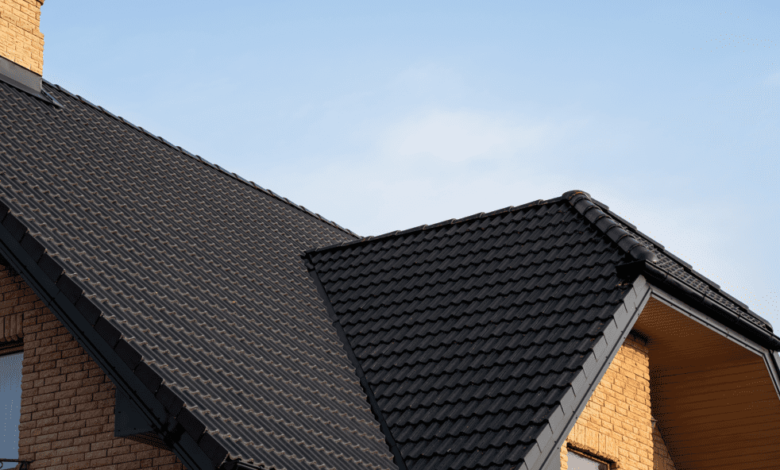Understanding Roofing System: How to Select the Best Option for Your Home

Choosing the right roofing system installation for your home is a significant decision that impacts not only the aesthetics but also the durability and functionality of your property. With various options available, it’s essential to understand the characteristics of each roofing type to make an informed choice.
This guide explores different roofing systems, assesses their benefits and drawbacks, and offers practical advice to help homeowners select the most suitable option.
Shingles: Popular and Affordable
Asphalt shingles are the most common roofing material, favored for their affordability and versatility. They come in various colors and styles, allowing homeowners to achieve different looks. These shingles are relatively easy to install and maintain, making them a practical choice for many.
Pros:
- Cost-effective
- Variety of styles and colors
- Easy installation and repair
Cons:
- Shorter lifespan compared to other materials
- Susceptible to weather damage in extreme climates
Metal Roofing: Durable and Modern
Metal roofing is gaining popularity for its sleek appearance and exceptional durability. It’s made from materials like steel, aluminum, and copper, each offering unique benefits. Metal roofs are known for their longevity and ability to withstand harsh weather conditions.
Pros:
- Longevity (can last 50+ years)
- Energy-efficient, reflecting solar heat
- Low maintenance
Cons:
- Higher initial cost
- Noise during rain or hail unless properly insulated
Tile Roofing: Timeless and Weather-Resistant
Tile roofing, available in clay or concrete, offers a classic and elegant aesthetic. It’s particularly popular in regions with a Mediterranean or Spanish architectural influence. Tile roofs are known for their durability and resistance to severe weather.
Pros:
- Long-lasting and durable
- Fire-resistant
- Excellent in hot climates
Cons:
- Heavy, requiring a strong roof structure
- Expensive compared to other options
Slate Roofing: Elegant and Enduring
Slate is a natural stone roofing material renowned for its beauty and durability. It provides a distinctive look that can significantly enhance a home’s curb appeal. Slate roofs can last a century or more, making them an excellent investment for those seeking long-term solutions.
Pros:
- Unmatched lifespan (100+ years)
- Highly durable and fire-resistant
- Natural and eco-friendly
Cons:
- Heavy, necessitating additional structural support
- High cost and complex installation process
Assessing Your Needs
When considering roofing system installation, reflect on factors like your budget, climate, and architectural style. Start by evaluating the weather conditions in your area. For instance, if you live in a region prone to heavy snowfall, a metal roof might be more suitable due to its snow-shedding capabilities. Alternatively, if you live in a hot climate, tile or slate could offer the best thermal protection.
Additionally, consider the long-term maintenance requirements of each material. While some options, like metal and slate, require minimal upkeep, others, like asphalt shingles, might need more frequent inspections and repairs.
Consulting with Professionals
Engaging with professionals during your roofing system installation process can provide valuable insights into which material best suits your home. They can offer expert advice on structural requirements, installation techniques, and local building codes.
A professional assessment will ensure your roof meets aesthetic aspirations but also complies with safety and regulatory standards.
Considering Long-Term Maintenance
Finally, factor in the maintenance needs and potential lifespan of the roofing material. Opt for a system that aligns with your willingness and ability to maintain it over time. This consideration will help preserve the roof’s integrity and maximize your investment.
In conclusion, selecting the right roofing system involves weighing various factors, from cost and climate suitability to maintenance demands and aesthetic preferences. By thoroughly understanding each option and consulting with experts, homeowners can make informed decisions that ensure their roofs serve both functional and visual purposes for years to come.
Read also: Adapting HVAC Systems for High-Temperature Industrial Facilities



